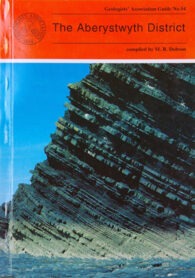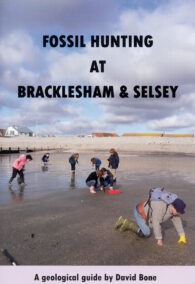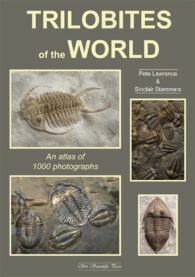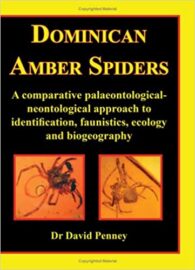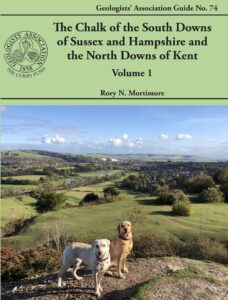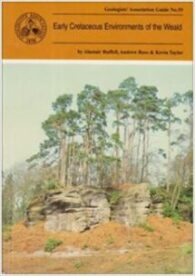This GA guide was first published in 1995 and is a great example of the sort of guide that the association still produces – coverage of small(ish), but important areas, where the geology is both fascinating and important. This one contains general descriptions of the geology and geomorphology of this part of west Wales, with 19 separate itineraries, written by 11 experts in their fields.
